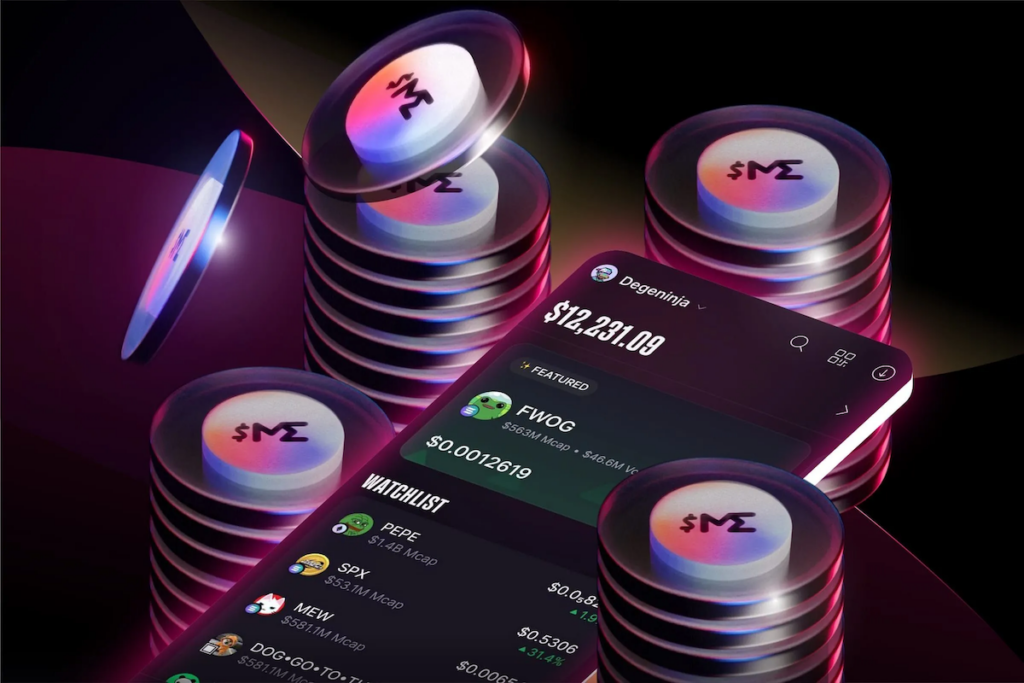2021 was such a grand time for the NFTs, much of it hype with little attention to value-based NFTs. The power of NFTs skyrocketed to the level where people who were denying NFTs decided to consider or even invest in them. Over 6,000 NFT projects were launched, and millions were invested. When you think of NFTs, Bored Ape Yacht Club will be one of the names that will pop your mind, but that’s not all.
Many celebrities released their unique NFT collections or invested in others. People started to recognise the potential of NFTs with growing numbers of celebrities and blockchain experts investing in them. This led to an unpredictable hike in the prices of NFTs. There were know thoughts of value-based NFTs.
The Trend Train Trajectory
Discord, Twitter, and Clubhouse became the breeding grounds for the NFT trends. We first saw the trends as a vital factor with Shiba Inu and Dogecoin rising. Although they fell in price over time as the hype calmed down, nobody can deny the profit potential these cryptocurrencies offered. Elon’s single tweet influenced the market so much.
Next came the NFT hype train. Now, we have celebrities, athletes, and many other influencers riding this train. They all started to promote different types of NFTs. Some even coincidentally bought similar NFTs. The blinded public decided to invest in it. And it somehow worked for them with the increment in the value.
The ‘Player-Owned’ NFT Games
Next came the NFT games. The objective was to offer players a tangible return for the time they invest in playing games. These achievements, and in-game items or currencies they own, should hold some value in real life. NFTs became a medium for it, conveniently. Although many other games were already working on play-to-earn and free-to-play modules, the NFTs and blockchain changed the system.
Then came the rise of games like Axie Infinity, and with them, the hike in the NFT marketplace. Ethereum was the most successful blockchain for the NFTs.
The Gas Fees Blunder
Gas Fees are the amount you pay for transferring your NFT assets from one place to another. For instance, from your blockchain wallet to a game, or another blockchain-related system, even OpenSea.
As people were primarily relying on Ethereum, this led to an increase in the pricing. Not just for game NFTs but also for other properties. This gas fee soon became more expensive than the initial price of the NFTs, making them lose their value.
Of course, there are new systems like Layer-2 protocol and burn mechanism under development, but the damage was already done.
The Fall Of The Trends
By the end of 2021, everyone witnessed the cryptocurrency bubble explode. The values went down the drain, which led to people focusing more on NFTs. However, with increased Gas Fees, game NFTs started to lose their appeal. Correlatively, this also transitioned to other NFTs.
Then came the Twitter blunder:
Twitter had the very first tweet as an NFT, and it sold for $2.9 million. Yes, you guessed it. It happened during the NFT hype. But now, the value has significantly dropped. When recently put up for sale, it attracted a paltry bid of $277. How can that be? What went wrong? Short answer; they weren’t value-based NFTs.
NFT Market’s Wide Availability And Decline In Value
Now that it has become too familiar for everyone to invest in NFTs, mint new NFTs, or trade them, the hype train started to die down. Something new and unique turned into something everyone could own. Even the fixed numbers of NFTs couldn’t hold their value because there was always some other alternative to them. This availability of different options for owning NFTs led to a decline in the perceived value.
Let’s take an example. Imagine if Samsung was the only smartphone seller in the world. Without alternatives like iPhone, Nokia, One Plus, and such, people would always appreciate Samsung. It would always have the value it would’ve wanted. Now, think about the iPhones.
Both offer similar functions of connecting to the internet, using apps, and more. However, they are both quite different too. Each one provides a different value, and people choose them accordingly.
NFTs are now working towards offering value-based NFTs similar to these. If there is the same model, same variation, and same manufacturer, you can’t expect the value always to rise.
The Key Factors To Value-based NFTs Market
People are over the hype aspects of NFTs and Cryptocurrencies. They are not crazy about the visuals or just owning an alternative to cryptocurrencies. They now want NFTs and cryptocurrencies that offer value-based incentives.
For instance, Ethereum allowed people to build Dapps, among other things, building on the blockchain. But now that other blockchains offer a similar approach, the value of Ethereum has declined.
Now, people are looking for sustainability. They are not influenced by the trends, hype and viral sensations. They are looking for long-term goals, the application of the NFTs, and the impact they will have.
Whether it is flexibility, versatility, customisation, or long-term use, there are many factors people consider before investing in NFTs. The first generation of NFT hype has dumbed down. Now it is time for the potential prospects to flourish.
Author
-

NFT aficionado, dissecting the evolving tapestry of blockchain assets with a fine lens on real-world implications.




